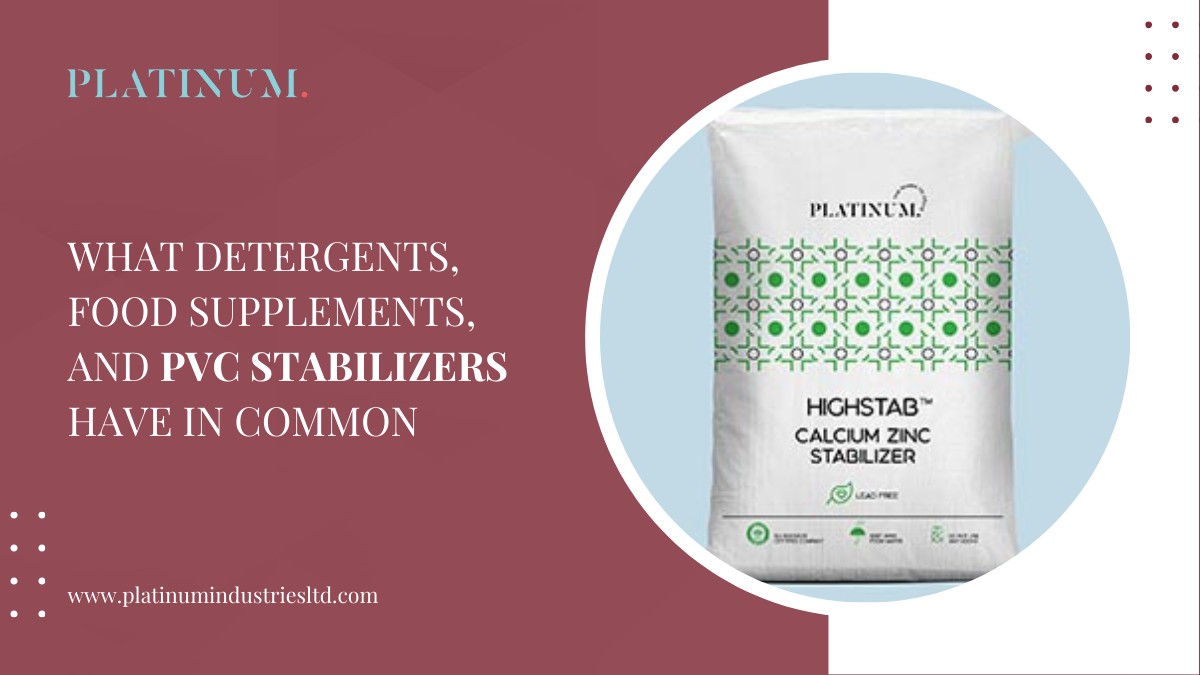Last week, I had my blood tested, as I do every year and among other things, the lead content in my blood. The result was neither surprising nor concerning to me. However, I also discussed this with my trusted personal health and fitness trainer. He suggested that I could easily “detoxify” the lead. I would just need to take zeolite for a while and regularly. Good idea, I thought for a moment, and then contemplated it further.
Zeolites are crystalline aluminosilicates that occur in numerous modifications in nature. They can also be synthetically produced. More than 150 different types of zeolites have been synthesized. 60 naturally occurring zeolites are known. A typical and widely used zeolite is the so-called 4A zeolite. This has a framework structure of aluminium and silicon oxides. However, sodium ions are bound to this structure. It is actually entirely unimportant. However, it is important to understand that these are ions for the layman. What matters is that these sodium ions can be exchanged for other metal ions.
But what does this have to do with detergents? – At some point, we learned in school that not only the school itself can be tough, but also the water. Water hardness is caused by the calcium and magnesium ions present in tap or mineral water. The more calcium and magnesium in the water, the harder the water is. The harder the water, the “harder” the laundry washed in it, at least if you don’t use a water softener.
This is where zeolites come in. The big difference between magnesium and calcium on one side and sodium on the other is that magnesium and calcium ions have two positive charges, while sodium has only one. In other words, calcium and magnesium are divalent, while sodium is monovalent.
As we learned above, sodium in zeolite can be exchanged for other metals. That means in our detergent case, sodium exits the zeolite, and magnesium and calcium enter. Great! Even better is that two sodium leave the zeolite and one calcium or magnesium is bound to it. Why? (Scientifically speaking, this happens due to the increase in entropy.) Put simply: when two sodium leave the zeolite and only one calcium or magnesium is absorbed, the “disorder” in the water increases. And the greater the disorder, the more stable the system.
The same thing happens with PVC stabilizers based on calcium and zinc. Here, zinc is also bound in addition to calcium. So, zeolite is also a co-stabilizer in PVC. Zinc, like calcium and magnesium, is divalent. The zinc chloride formed during processing accelerates the decomposition of PVC. If it is bound in zeolite, it can no longer do this.
A brief note on dietary supplements and zeolite: In this application, the zeolite should be loaded with calcium and magnesium because otherwise, both elements are flushed out of the body. Here, entropy does not change; an equilibrium is established between calcium and magnesium on one side and the heavy metals to be flushed out on the other.
Platinum Industries is the leading stabilizer manufacturer in India using this type of raw materials inside the stabilizers. Reach out to us to know more
Platinum Industries Ltd., a member of Indian Vinyl Council (IVC)

